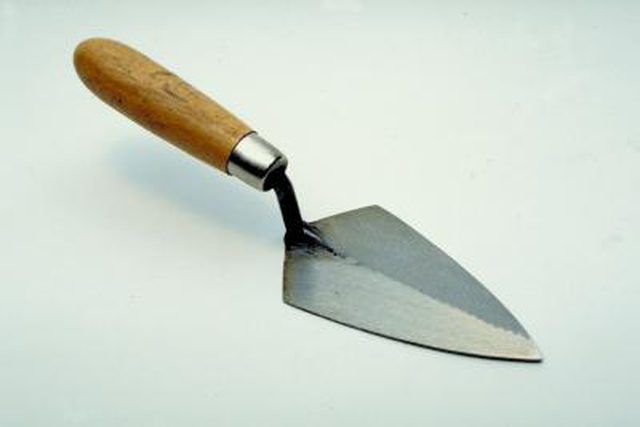Bulbs
Flower Basics
Flower Beds & Specialty Gardens
Flower Garden
Garden Furniture
Garden Gnomes
Garden Seeds
Garden Sheds
Garden Statues
Garden Tools & Supplies
Gardening Basics
Green & Organic
Groundcovers & Vines
Growing Annuals
Growing Basil
Growing Beans
Growing Berries
Growing Blueberries
Growing Cactus
Growing Corn
Growing Cotton
Growing Edibles
Growing Flowers
Growing Garlic
Growing Grapes
Growing Grass
Growing Herbs
Growing Jasmine
Growing Mint
Growing Mushrooms
Orchids
Growing Peanuts
Growing Perennials
Growing Plants
Growing Rosemary
Growing Roses
Growing Strawberries
Growing Sunflowers
Growing Thyme
Growing Tomatoes
Growing Tulips
Growing Vegetables
Herb Basics
Herb Garden
Indoor Growing
Landscaping Basics
Landscaping Patios
Landscaping Plants
Landscaping Shrubs
Landscaping Trees
Landscaping Walks & Pathways
Lawn Basics
Lawn Maintenance
Lawn Mowers
Lawn Ornaments
Lawn Planting
Lawn Tools
Outdoor Growing
Overall Landscape Planning
Pests, Weeds & Problems
Plant Basics
Rock Garden
Rose Garden
Shrubs
Soil
Specialty Gardens
Trees
Vegetable Garden
Yard Maintenance
How to Flagstone Concrete Steps
How to Flagstone Concrete Steps. Flagstone is a commonly used material for wall cladding and floors, mostly in exterior settings. While flagstone is available in several different varieties, the natural look is most common. As a natural material, flagstone offers a durable, strong, long-lasting finish that can suit just about any setting or...

Flagstone is a commonly used material for wall cladding and floors, mostly in exterior settings. While flagstone is available in several different varieties, the natural look is most common. As a natural material, flagstone offers a durable, strong, long-lasting finish that can suit just about any setting or environment. The application of flagstone to concrete steps is a generally straightforward task that can be successfully completed by using basic masonry tools.
Things You'll Need
Wheel barrow
Mortar mix
Shovel
Brick trowel
Flagstone
Masonry hammer
Angle grinder with masonry blade
2-foot level
Grout bag
Large sponge
Layout flagstone pieces over the concrete step treads (horizontal portion) in your desired pattern. Leave about a 1/2- to 3/4-inch gap between each stone, to allow for a grout joint. Trim the stones to fit as necessary, using an angle grinder; refer to the angle grinder owner's manual for safety and operation instructions.
Mix mortar in a wheel barrow (as directed on mortar packaging), using a shovel.
Lift a stone from the top step and apply about a 3/4-inch layer of mortar to the bottom side. Press it to the concrete step tread; press the stone hard enough so that the mortar joint between the stone and the step compresses to about 1/2-inch. Work your way across the step, using this method.
Repeat Step 3 on remaining concrete step treads, working your way from the top to the bottom of the stairs. Set a 2-foot level over the surface of the stones as you set them, to ensure a level step surface; correct the stones as necessary.
Allow the mortar to completely cure as directed on its packaging, before moving on.
Fill a grout bag about 3/4-full with mortar, and lightly twist the top of the bag closed.
Evenly apply the mortar to the joints between stones, using the grout bag.
Wipe any excess mortar from the stone joints using a large wet sponge; rinse the sponge in clean water as you work.